The
Cinematographers
Voice

RECENT TITLES
Fareed Ben-Youssef, No Jurisdiction
Nolwenn Mingant, Hollywood Films in North Africa and the Middle East
Charles Warren, edited by William Rothman and Joshua Schulze, Writ on Water
Jason Sperb, The Hard Sell of Paradise
William Rothman, The Holiday in His Eye
Brendan Hennessey, Luchino Visconti and the Alchemy of Adaptation
Alexander Sergeant, Encountering the Impossible
Erica Stein, Seeing Symphonically
George Toles, Curtains of Light
Neil Badmington, Perpetual Movement
Merrill Schleier, editor, Race and the Suburbs in American Film
Matthew Leggatt, editor, Was It Yesterday?
Homer B. Pettey, editor, Mind Reeling
Alexia Kannas, Giallo!
Bill Krohn, Letters from Hollywood
Alex Clayton, Funny How?
Niels Niessen, Miraculous Realism
Burke Hilsabeck, The Slapstick Camera
Michael Hammond, The Great War in Hollywood Memory, 19181939
William Rothman, Tuitions and Intuitions
A complete listing of books in this series can be found online at www.sunypress.edu
The
Cinematographers
Voice
Insights into the World of Visual Storytelling

Edited by
Lindsay Coleman
and
Roberto Schaefer, ASC-AIC

Published by State University of New York Press, Albany
2022 State University of New York
All rights reserved
Printed in the United States of America
No part of this book may be used or reproduced in any manner whatsoever without written permission. No part of this book may be stored in a retrieval system or transmitted in any form or by any means including electronic, electrostatic, magnetic tape, mechanical, photocopying, recording, or otherwise without the prior permission in writing of the publisher.
For information, contact State University of New York Press, Albany, NY
www.sunypress.edu
Library of Congress Cataloging-in-Publication Data
Names: Coleman, Lindsay, 1978 editor. | Schaefer, Roberto, editor.
Title: The cinematographers voice : insights into the world of visual storytelling / Lindsay Coleman, Roberto Schaefer.
Description: Albany : State University of New York Press, [2021] | Series: SUNY series, horizons of cinema | Includes bibliographical references and index.
Identifiers: LCCN 2021024195 | ISBN 9781438486413 (hardcover : alk. paper) | ISBN 9781438486437 (ebook)
Subjects: LCSH: CinematographersInterviews. | Cinematography.
Classification: LCC TR850 .C475 2021 | DDC 777dc23
LC record available at https://lccn.loc.gov/2021024195
10 9 8 7 6 5 4 3 2 1
This book is dedicated to the great cinematographer
Robby Mller
Contents
Illustrations
Preface
Almost ten years have passed since the early interviews in this book were conducted, and advancements in digital cameras and post-production have changed the cinematography landscape. What many cinematographers have commented on here about their experiences in shooting digital in the early 2010s must be contextualized on the basis of the production and post-production realities of that time period. The reader should take this into account when noting what is said regarding digital image acquisition, and the quality of the digital cameras versus film cameras. With that in mind, it is still up to the cinematographer (and director and producer) to decide the best medium for their particular project, knowing that digital cameras of the 2020s in the hands of talented and creative crews can give surprisingly great results, competing favorably with 35mm film.
Acknowledgments
I must thank two people for making this book possible: Ron Johanson and Roberto Schaefer. They have become good friends of mine, and throughout the years of putting this text together, they have been tireless collaborators and cheerleaders. I offer them my profound thanks. In addition I thank a number of cinematographers for their guidance and advice throughout. The late Conrad Hall advised me many years ago that I needed to come up with better questions than the ones I was asking during our interview, and I hope that I have succeeded in improving them. Roger Deakins offered me helpful advice very early on and was in fact the first cinematographer I ever interviewed, many years ago. Thank you. Likewise, very helpful and encouraging were Richard Bluck, Darius Khondji, Seamus McGarvey, Ricardo Aronovitch, and John Seale. Although we have only spoken on occasion over the years, Steve Pizzello has always been a voice of real encouragement. Ellery Ryan has been a wonderful collaborator over the past several years and provided invaluable assistance on this book. Murray Pomerance has been a steady and loyal champion of the book. I am indebted. Above all, I thank my loving and patient family. I cannot tell how often my daughter, Audrey, would crawl into my lap to say hello to whichever cinematographer daddy was Skyping with that week. Sarah, my lovely wife, thank you for putting up with my regular nattering on the interview of the day before. You are a marvel.
Lindsay Coleman
I thank my talented and loving wife, Caroline Eselin-Schaefer, for inspiring me every day and wowing me with her costume design talents. I thank all my friends who are members of the ASC and AIC, past and present, who challenge us every day to excel and try harder to find our voice (sight).
Roberto Schaefer
Introduction
The Current Place of Cinematography in the Visual Language of Storytelling
T HE INCEPTION OF THIS book occurred around the start of the 2010s. A number of trends in cinematographyincluding new questions around the authorship of the image, the influence of digital capture technology, and alternating pessimism and optimism in the cinematography community on the future of the professionhad seemed to coalesce around this time in the form of academic commentary, journalistic coverage, and broader debates in the film community. As such, this book was founded on a number of key questions.
Who Claims Authorship of the Image?
Since around 2000, an increasing number of high-level director/cinematographers have come to prominence. Where Ridley Scott aided with framing and operating in previous decades, the likes of David Fincher, Steven Soderbergh, David Lynch, and now, debatably, Paul Thomas Anderson act as their own operators and direct the lighting of their shots. In the age of digital cinema, the director/cinematographer is no longer the hungry amateur looking to save money, filling a position with himself (Robert Rodriguez is a fine example of this), but established auteurs with the financial resources and artistic cachet to hire the best cinematographers in the world. Of course, they often do. Lynch and Peter Deming created stunning imagery in the 2017 Twin Peaks season, the continuation of a two-decade partnership. Anderson has created memorable imagery with Robert Elswit. What once was an essential partnership in filmmaking, the cinematographer and director collaborating hand in glove, is now no longer the case. Frequently, the work produced may be described as serviceable.

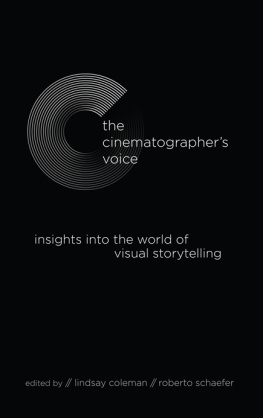
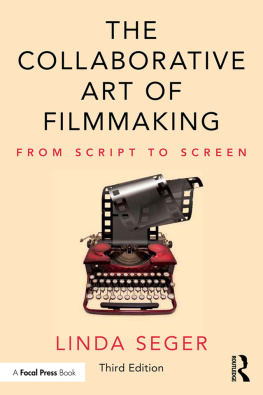
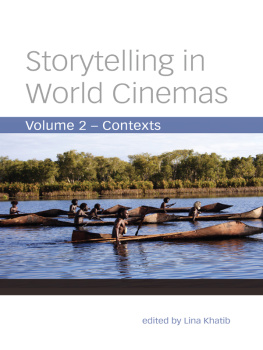


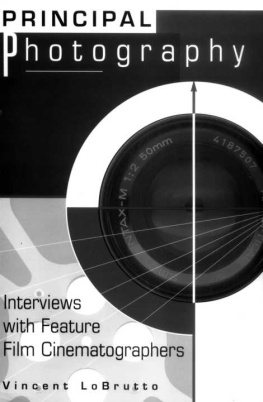
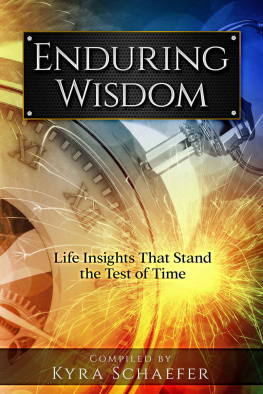
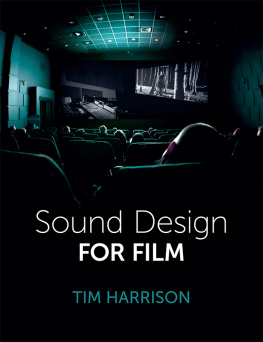
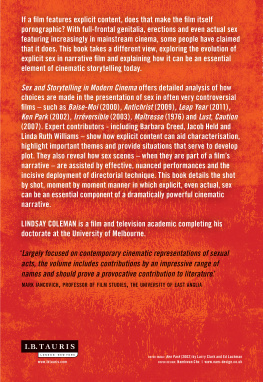
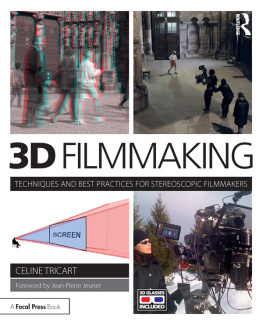

![Schmidt Bradford - GoPro: Professional Guide to Filmmaking [covers the HERO4 and all GoPro cameras]](/uploads/posts/book/102166/thumbs/schmidt-bradford-gopro-professional-guide-to.jpg)



